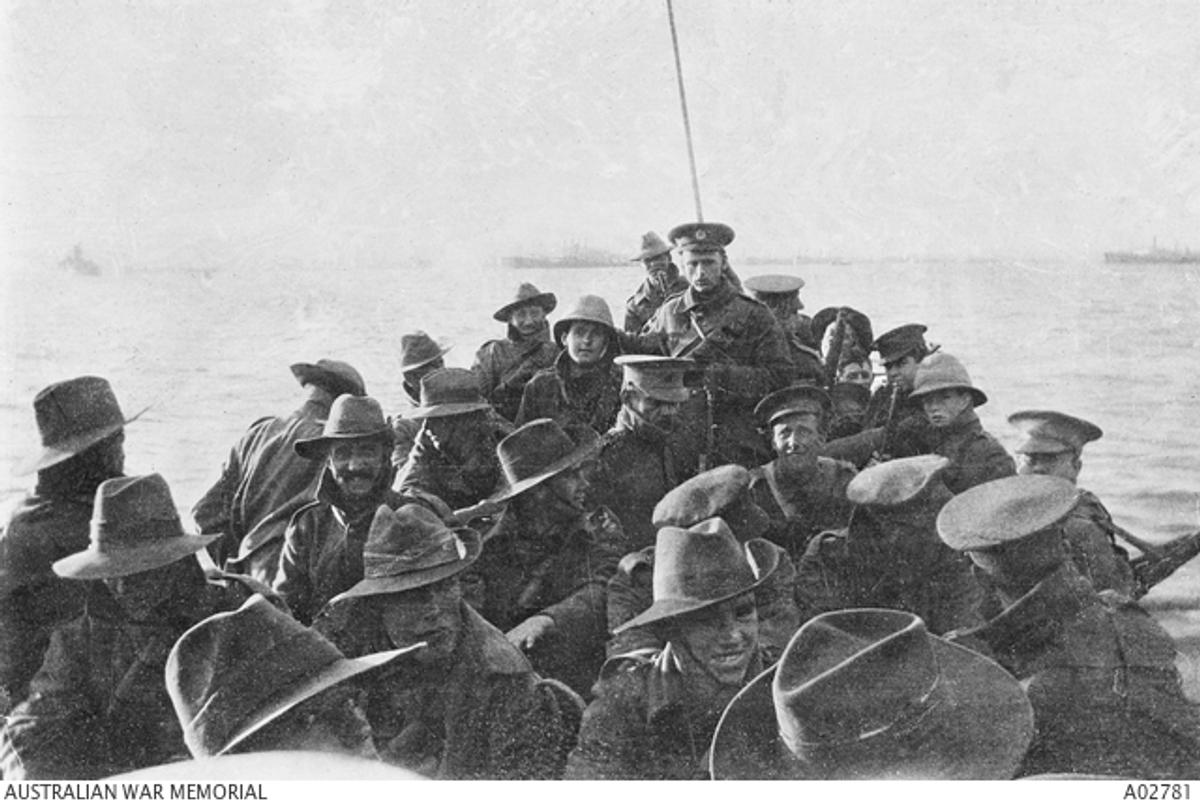Principal's Report

Principal's Report
Dear Parents,
Welcome to term 2 everyone! As I stated in the weekly online assembly, this term and term three are what I call the hard work terms. Students should be familiar with their classroom routines and teacher expectations. They should have well established study routines and be able to begin learning right from the beginning of this term. With minimal classroom disruptions, all classrooms are very focused and students have the opportunity to reach their potential and their stage of development. This is a strength to our school, along with the great assistance students receive from parents at home.
Many families in our school community are feeling great anxiety over the COVID-19 situation in India. Distressing images are in regular news items on TV and social media. If parents are aware of students feeling distress over the impact of the pandemic please inform your child's teacher. Our school counsellor is available to assist students at this time.
This Friday we will hold our annual Anzac Day school assembly. As restrictions have been lifted, we are able to hold our first whole school assembly for the year. This assembly is for students only.
Anzac Day, 25 April, is one of Australia’s most important national occasions. It marks the anniversary of the first major military action fought by Australian and New Zealand forces during the First World War.
ANZAC stands for Australian and New Zealand Army Corps. The soldiers in those forces quickly became known as Anzacs, and the pride they took in that name endures to this day.
When war broke out in 1914 Australia had been a federated nation for only 13 years, and its government was eager to establish a reputation among the nations of the world. When Britain declared war in August 1914 Australia was automatically placed on the side of the Commonwealth. In 1915 Australian and New Zealand soldiers formed part of the expedition that set out to capture the Gallipoli peninsula in order to open the Dardanelles to the allied navies. The ultimate objective was to capture Constantinople (now Istanbul), the capital of the Ottoman Empire, an ally of Germany.
A view looking aft of lifeboat carrying unidentified men of the Australian 1st Divisional Signal Company as they are towed towards Anzac Cove on the day of the landing.
The Australian and New Zealand forces landed on Gallipoli on 25 April, meeting fierce resistance from the Ottoman Turkish defenders. What had been planned as a bold stroke to knock Turkey out of the war quickly became a stalemate, and the campaign dragged on for eight months. At the end of 1915 the allied forces were evacuated from the peninsula, with both sides having suffered heavy casualties and endured great hardships. More than 8,000 Australian soldiers had died in the campaign. Gallipoli had a profound impact on Australians at home, and 25 April soon became the day on which Australians remembered the sacrifice of those who died in the war.
Although the Gallipoli campaign failed in its military objectives, the actions of Australian and New Zealand forces during the campaign left a powerful legacy. What became known as the “Anzac legend” became an important part of the identity of both nations, shaping the ways in which they viewed both their past and their future.
This year attendance at Anzac Day ceremonies is limited due to the pandemic. Since last year many families have remembered Anzac Day by lighting a candle at their front door or driveway. At the gate, at the fence across Australia those who are not attending a dawn service or remembrance march can light a candle in remembrance.
Lest we forget,
G. Walker


